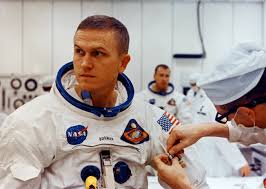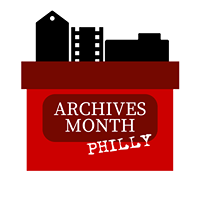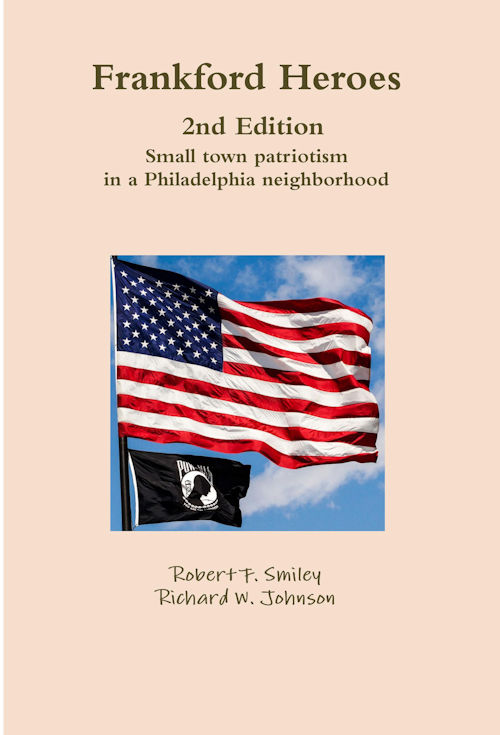
Frank Borman commanded Apollo 8, the first spacecraft to leave earth orbit for a moon orbit on December 21, 1968. Commander Borman had a pretty good idea of his risks on this flight. The Apollo 1 command module had been destroyed when a flash fire swept through it during a launch rehearsal test only eleven months earlier. The three men inside perished.
To hear him tell it, Frank Borman was as unimaginative as it gets. He had trained as a pilot and was active duty military, but he had little interest in “Going where no man had gone before”. He was an American Patriot. He wanted his country to win the space race in the contest with the obviously dangerous, expansionist, militaristic, Soviet Union.
And it turns out, he, the other 2 members of the Apollo 8 crew, and the rest of the astronauts, before and after, did exactly what Commander Borman wanted. We won the space race, and eventually we won the Cold War. President John F. Kennedy, in 1963, bet a substantial portion of the American economy on winning that race to the moon. You can see a portion of the speech here at this link.
Patriotic scientists, technicians, and astronauts saluted and made it work. And they won the Space Race for us. Then, in no small part due to that victory, in 1989 the Berlin Wall came down and in 1991 the Soviet Union Collapsed.
Frank Borman’s orders for the Apollo 8 flight included taking a number of photographs, not including any of Earth from Moon orbit. But:
Even if he was as unimaginative as he claims, Frank Borman knew a great picture when he saw it, so he took the shot. It is here:
The picture, often called “Blue Earth”, taken by Borman in 1968, became a powerful symbol for idealists like me, inspired by JFK and the progress of the Civil Rights and Anti-Vietnam movements. Two years after it was taken, that photograph was central to the organizing of the first Earth Day, in April of 1970.
Happily, Frank Borman, America’s modest hero, yet lives – in retirement in Montana at 90.
It is impossible to measure exactly, but it is perfectly clear that Frank Borman and his NASA colleagues made life better for me, everybody I love, everybody else that I have loved since 1968, and everyone living in freedom right now.
I am not going to put this into a file to be an obituary when the time comes because I want to say this to the live hero while there is time:
Thank you Commander Borman.








